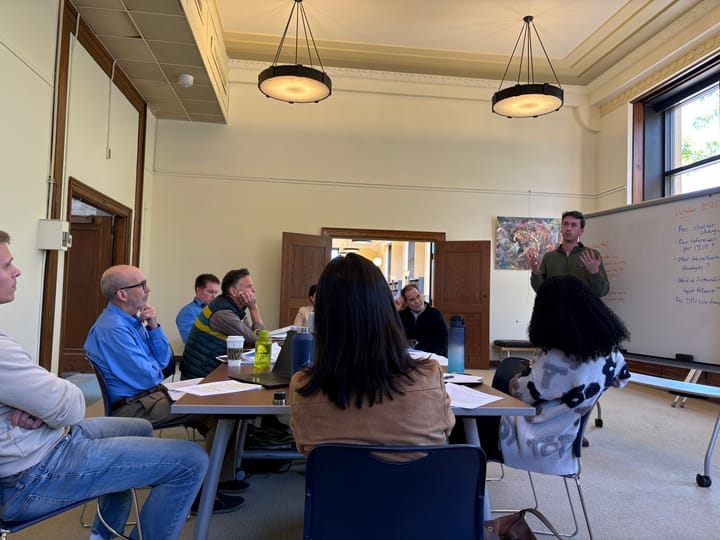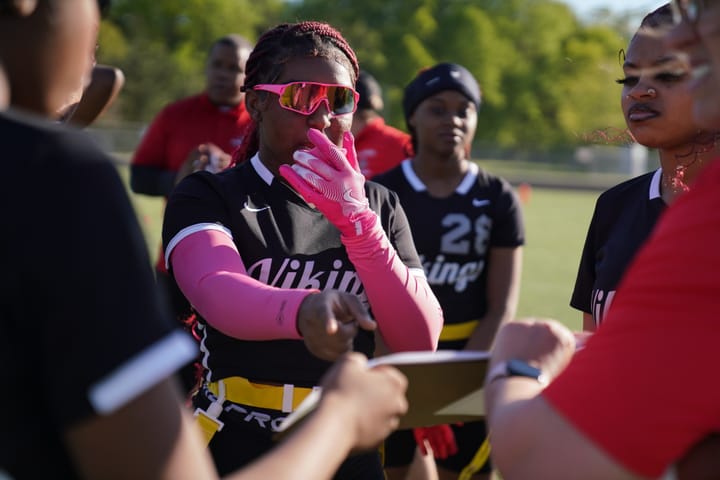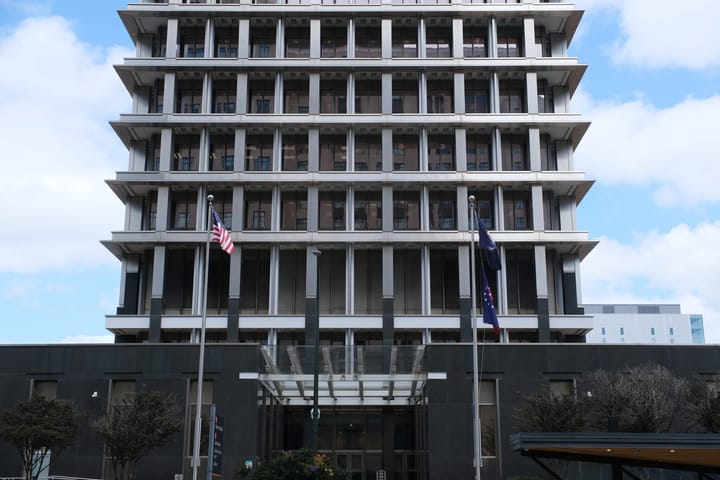
The city of Richmond gives millions to local nonprofits. City Council wants a closer look at where the money goes.
In its current budget, the city of Richmond allocated more than $13 million to local nonprofits that provide a variety of services such as violence prevention, youth programs, housing assistance and arts and culture initiatives.
As that funding has grown, members of the Richmond City Council have raised questions about how charitable organizations are using that money, how the city decides which organizations are worthy of funding and — perhaps most importantly — which grants are making the most positive impact.
In an effort to begin answering those complex questions, city officials recently produced a first-of-its kind impact report on city grants to local charities.
That 111-page document offered a breakdown of a little more than $6 million in grant funding in the human services category. In the last budget year, 54 organizations in that category were approved for funding out of 90 applicants, with a median grant size of $96,000. The report also includes descriptions of what services each organization provides, what metrics they use to measure success and how the groups did on hitting those metrics.
“Our intention is to provide you with the opportunity to have a greater line of sight into how the organizations are performing,” Traci DeShazor, the city’s deputy chief administrative officer for human services, said while presenting the report at a Feb. 3 council committee meeting. “So that as you make decisions around adopting the budget, you’ll be able to make more informed decisions.”
The council didn’t take any immediate action on the report, but it could be the starting point for future changes to the process of how the city funds local charities.
At the Feb. 3 meeting, Councilor Ellen Robertson (6th District) pointed out that, under the current system, the city makes those funding decisions based on the applications that come instead of starting with a fixed amount of money set aside for grants to nonprofits.
Interim Chief Administrative Officer Sabrina Joy-Hogg said the city has been discussing the possibility of setting a clearly defined limit on how much nonprofit funding is available each year.
“We are more than happy to set a cap,” Joy-Hogg said.
That change could create more competition for city dollars and force policymakers to make tougher decisions about who gets funded and who doesn’t. However, several council members said the current process isn’t ideal, because the council is often asked to fund particular groups without having the clearest insight into where that funding goes.
Robertson said that process leaves her feeling “a little bit of a void.”
“I’m not really sure that the money that we’re spending is getting the change that we’re looking for,” she said.
The report delivered to the council includes information on a broad range of grants to nonprofits.
It has details on the $150,000 given to health and fitness group Sports Backers, the $1 million given to NextUp RVA to support programs meant to prevent youth gun violence and the $250,000 given to former mayoral candidate Michelle Mosby’s Help Me Help You Foundation focused on offender reentry services.
The report also outlines grants to smaller groups, such as $35,000 to the Richmond Boys Choir and $17,500 to Podium RVA, which aims to help local kids “become confident and capable writers and communicators.”
While receiving the report, council members didn’t dive into specifics of funding for any particular group or raise concerns about anything they saw at first glance. That may have been partly because the council didn’t receive the document in advance of the meeting where it was on the agenda.
Councilor Kenya Gibson (3rd District) said she appreciated the report but said not getting it before the meeting limited her ability to be prepared to discuss it and offer feedback. In the future, she said, the delivery of reports to the council “can’t happen like this.”
“I’m frustrated on behalf of the public because you’ve got a gathering of the council and we’ve been asked to provide feedback on a document that we’re looking at right now for the first time,” Gibson said. “I am a new council member and want to come to these meetings prepared. That’s what the public expects me to do.”
DeShazor acknowledged the criticism, noted that city staff started the year with many “unforeseen demands” from the January water crisis and said she’d be willing to meet with council members individually to discuss the report.
“This is our attempt at trying to do something different and trying to give far more transparency,” DeShazor said. “I’m not sure you all as a body have ever received this level of detail and information.”
Multiple council members said they’d like to see a more data-heavy report showing how the work of nonprofits is helping the city address problems policymakers have identified as priorities.
Councilor Sarah Abubaker (4th District) asked if there was a way to measure not only how organizations are using their grant funding but how that work is translating to “outcomes” for city residents.
Dominic Barrett, strategic projects and grants advisor in the city’s Office of Human Services, said that because the city funds such a broad range of charitable work, it’s difficult to find a single metric to measure the impact of those grants.
“I think you would find that most funders of this breadth would have similar challenges,” he said.
Under City Hall’s current process for approving charitable funding, an application window opens each year on Oct. 1 and review teams score each application. There’s then a second round of review at the leadership level, and the approved funding is incorporated into the mayor’s budget proposal. Once the budget goes to the City Council, the legislative body can make its own decisions about which groups should be funded.
Gibson suggested a broader rethinking of the process. Maybe the city should first identify the problems it wants to solve, she said, and then make funding decisions accordingly based on which groups are best equipped to help solve those problems. And instead of allowing charitable organizations to become reliant on city funding year after year, she said, perhaps the city could act as a funding “incubator” to help organizations get established and begin pursuing other sources of funding once they have some success.
“In full transparency, I do hesitate when we provide money to non-public organizations, because there’s less scrutiny,” Gibson said. “These are tax dollars. And we owe it to the public to ensure that those tax dollars are spent and there’s a return.”






